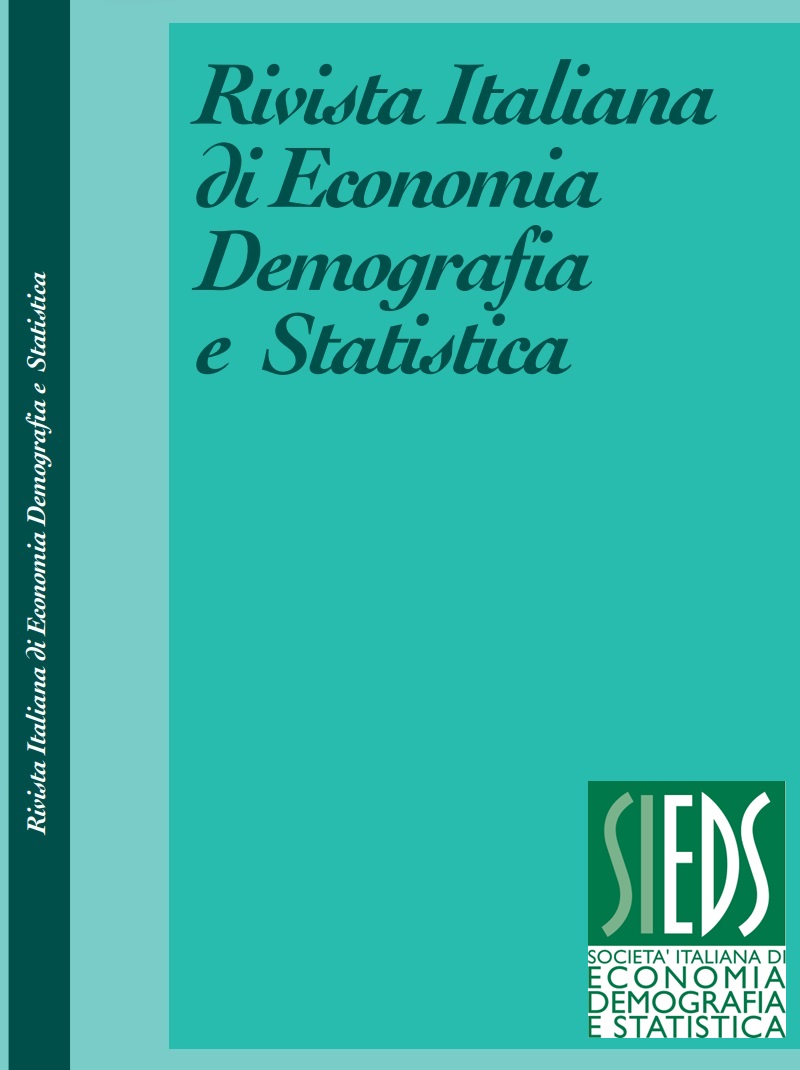A well-being measurement approach for ranking italian municipalities
Abstract
This paper analyses a measure capable of quantifying and monitoring the well-being of the population in Italian municipalities. This phenomenon can’t be represented exclusively by economic components but also by dimensions that represent domains having demographic, social and ecological nature. This work considers well-being from a multidimensional point of view and wants to measure it for 7,959 Italian municipalities in time series, from 2014 to 2017, by using 6 elementary indicators. The methodology is based on composite indicators. In particular, the Adjusted Mazziotta-Pareto Index (AMPI) method was used. The composite index calculated on all Italian municipalities draws a well-known geography of social and economic conditions. In fact, Italy seems to be divided into parts with the conditions getting worse going south. The North-East seems to be a little better off than the North-West and the Centre-North better off than the Centre-South. The South, at the bottom of the list, lags far behind the Centre. The trend is similar in the years 2014 to 2017 (with an increase in the level of AMPI), but the gap between the best and worst municipalities is increased. These values can be very useful for the evaluation of the intervention’s policies by local administrators and for the assessment of the administrators themselves by the citizens. In fact, one of the best practices for publishing these results is the follow: everyone can have access in order to better understand the socio-economic context and decide independently through data recognized as impartial by the Community.
Downloads
Published
Issue
Section
License
Copyright (c) 2021 Livia Fioroni, Valeria Quondamstefano

This work is licensed under a Creative Commons Attribution 4.0 International License.



